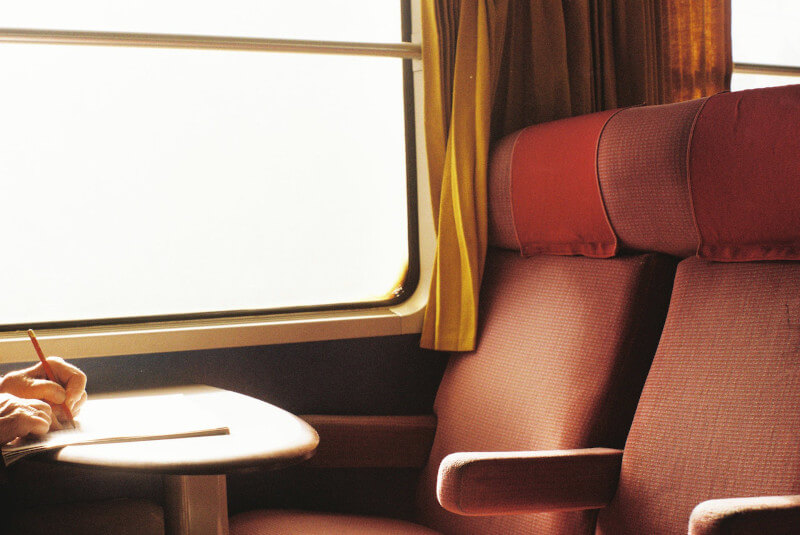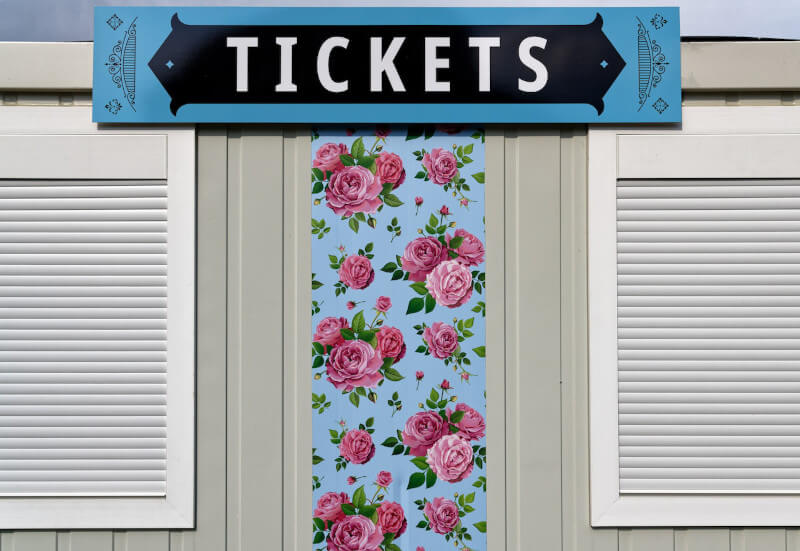Sleeper trains are experiencing a welcomed return, and it’s simple to understand why. Not only are they a fun and, frequently, comfortable way to travel, but they’re also more environmentally friendly and efficient than air travel.
However, if this is your first experience on a sleeper train, it may appear to be intimidating. Train enthusiast Monisha Rajesh mentions everything you need to know about embarking on your first overnight train journey in this helpful guide.
Which Category of Seating Should I Make a Reservation for?

Make sure you are aware of the many categories of lodging that are provided by each provider in the country in which you are visiting so that you can choose something that fits both your demands and your budget. The majority of passengers riding Amtrak in the United States purchase their tickets in economy class, which features seats that are both broad and reclining, in addition to having lots of legroom.
However, to have a pleasant sleep, you will need to bring a blanket and a neck pillow with you. Bedrooms have the same number of beds as private roomettes but come with twice the amount of space. Private roomettes include two chairs that face each other and change into lower and upper beds at night. If you want to obtain the cheapest deal, you should make your reservation as far in advance as you possibly can because prices might fluctuate greatly depending on when you travel.
When Should One Purchase a Rail Pass?

Consider purchasing a rail pass if you anticipate using more than one or two overnight trains over a few days. The 30-day pass for Amtrak costs R 8400 and provides you with 10 rides; the Interrail pass for Europe costs R4 200 and provides 7 days of travel during the same month. You will be required to pay a nominal fee to secure a berth; however, purchasing a pass can frequently prove to be more cost-effective than purchasing individual tickets, and it also enables hopping during the day.
The Slower the Better
Take into consideration what time your train is scheduled to arrive at the location. If you are arriving in an unfamiliar setting at six in the morning, you may not want to walk around with your suitcases while waiting for check-in at three o’clock, so do some research to find out what kind of storage facilities are available at the other end, or check to see if your accommodations offer early self-check-in options. In such a case, you might want to think about boarding a night train, which travels at a slower pace but arrives at a more reasonable hour of the day.
Crossing the Border
The idea of crossing borders in the middle of the night might sound thrilling and romantic, but in practice, it’s a hassle. Be prepared to be awakened for both passport and customs inspections on both sides, as well as the possibility of being asked to disembark to have your bags inspected.
What to Bring to Feel at Ease
Try to travel with as little baggage as possible. Be as thrifty as possible with your luggage as you will most probably have to squeeze it into the overhead compartments or squish it between the sleepers. Bring along a flannel and a tiny bottle of shower gel in a hotel-sized container for use in washing your hands, as no one likes to recover a bar of soap. Do not bring wet wipes with you because they are harmful to the environment and frequently wind up in the wrong place after being flushed down the toilet, which is the tracks. It is always smart to have your toilet paper with you, and you should position it where it will be easy to get to even at night.
Put on shoes that slip on easily so you won’t have to mess around with your laces in the dark or have them dragging along the floor of a train. Wear something stretchy and loose like yoga trousers or leggings, preferably with ankles that are tapered so that dirt won’t get trapped in the seams.
Temperatures onboard trains can range from one extremity to the next. If you think you would freeze on board the Trans-Siberian in the winter, you are mistaken. The heaters are turned up to full blast, and the majority of passengers are dressed in jackets and sliders. If it gets chilly, begin by donning a vest and adding layers of clothing until you reach a cozy hooded sweatshirt. In addition, carry along a set of warm winter socks.
Include a Sleeping Sheet in Your Luggage

They come in convenient pouches around the size of a palm and may be used effectively as an additional layer of warmth in the winter while also being pleasantly cool in the summer. In warm regions, they also perform a fantastic job of preventing insect bites, which is especially useful.
To have a better night’s sleep, you might want to purchase a set of soft silicone earplugs and an eye mask, especially if you are a light sleeper who is not accustomed to the sunlight of early mornings or the chatter that occurs after dark. Furthermore, you should bring a portable battery charger for your cellphone as well as books to load onto an electronic reader.
There is a Logic to Why the Rules Are in Place
Be sure to play by the rules! If there is a sign that says lights out at nine o’clock at night, then you should follow the example of the people you are with. Make use of the light from your reading lamp, and if you need to send text messages or make phone calls, do so in the foyer in order to not disrupt the people around you. It is best to refrain from using the restroom when the train is stopped at stations because waste can easily spill into the tracks, making the experience for people waiting on the platform unpleasant.
If You Wish to Sleep in, You Should Reserve an Upper Bunk
If all of the other people in the compartment are awake, you shouldn’t go back to sleep on the bottom berths because they are being utilized as seats throughout the day. Because of this antisocial behavior, the bed needs to be put away. This will allow you to go up anytime you like to read or take a nap, and you will also be able to remain there for as long as you like in the morning.
Always Be Sure to Carry Snacks

Check to see if there is a restaurant car on board, but you should always bring your food with you just in case the kitchen is closed for some reason. You can continue running on instant noodles, bananas, cookies, and breakfast bars; cheese and deli meats can be consumed on the first evening with no negative effects at all. If you are going to be staying in a hotel the night before the event, make sure to throw out all the tea bags, coffee pods, and sugar packets, and bring cash in tiny amounts so that you may pay for drinks, snacks, and tips for the staff.
Try breaking the ice with some food and drink. Families traveling by train in Asia, in particular, are known to share their food with other passengers. This can range from tightly woven chapatis with fried potato on Indian trains to homemade mantou buns and fried fish on Chinese trains. You should make an effort to return the gesture, even if it’s merely by offering to share some nuts or sweets with the other person.

